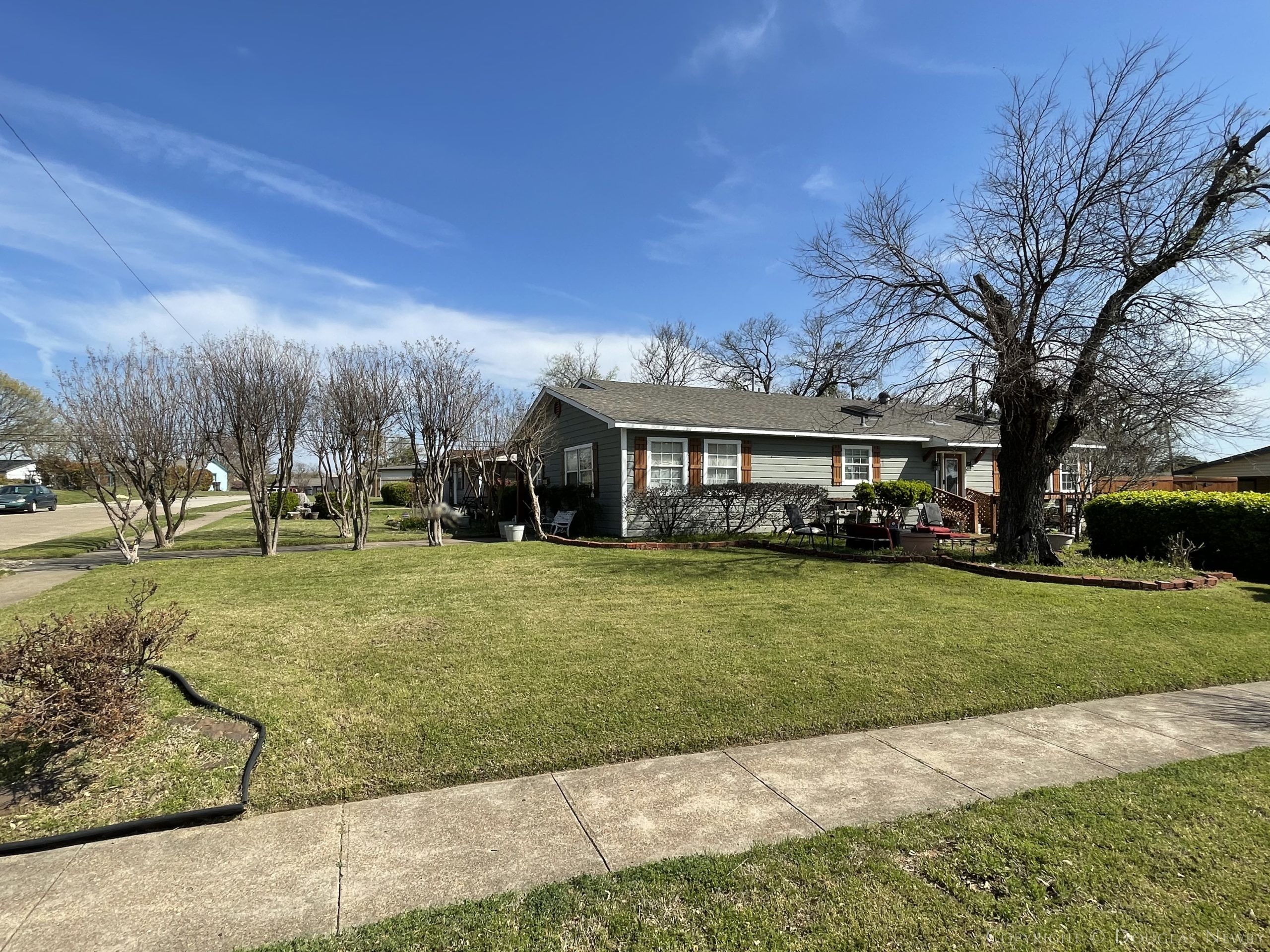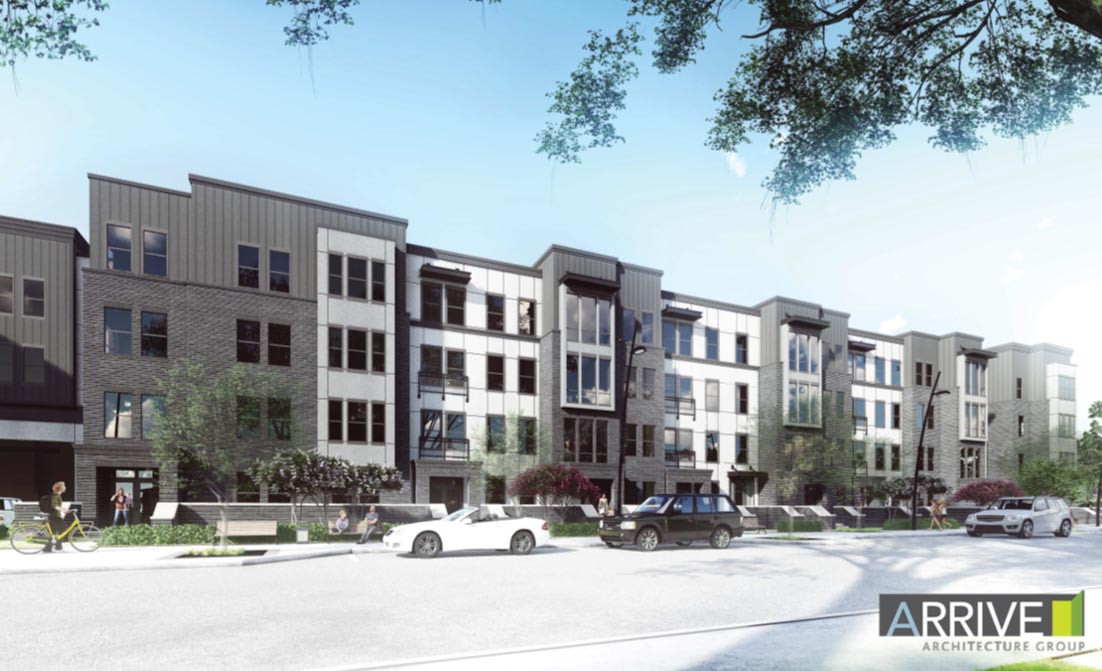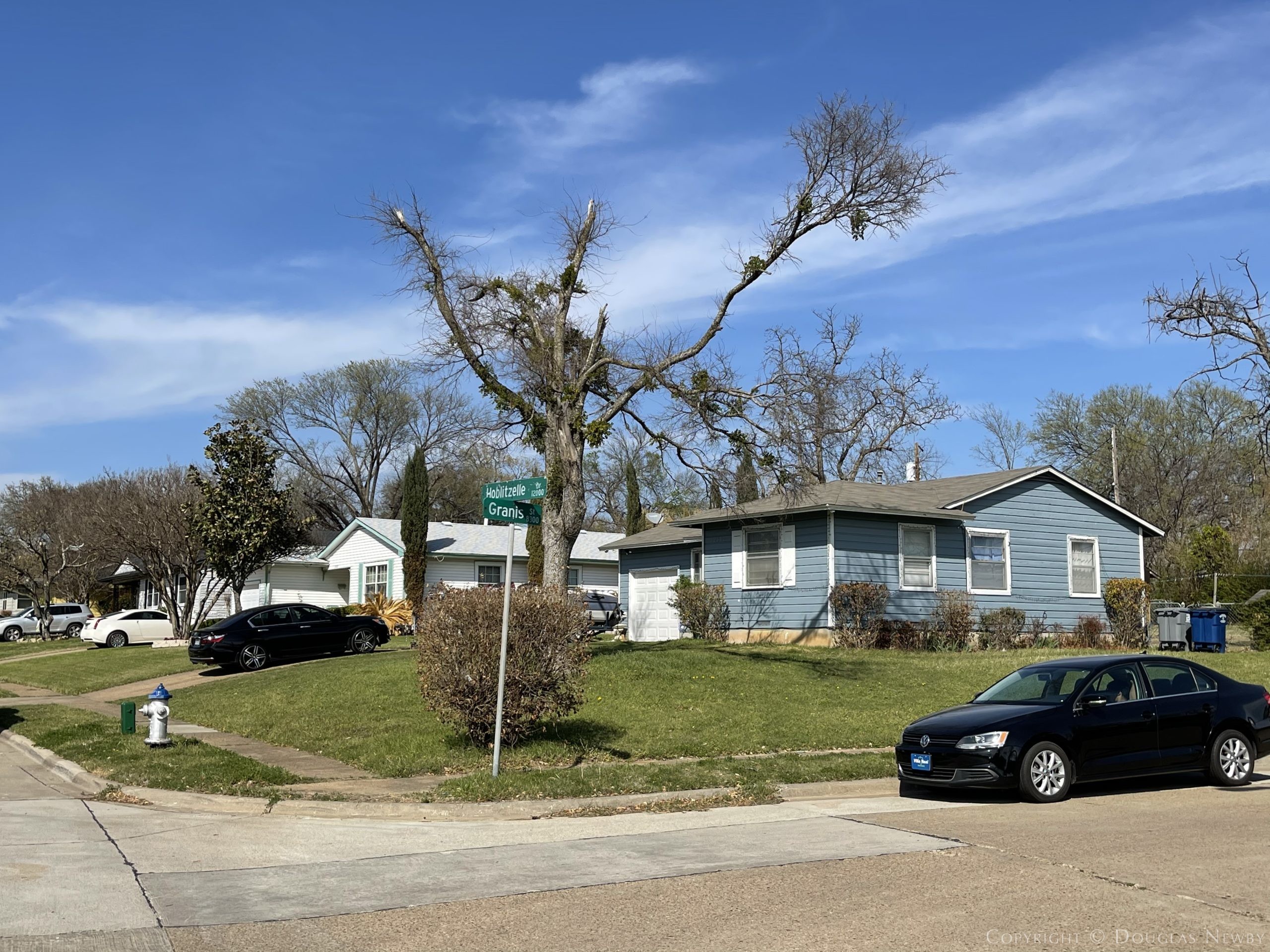
The Dallas Morning News editorial, A Blow to Affordable Housing, illuminates the opposition to the affordable housing apartment complex by the historically Black neighborhood, Hamilton Park. They are joined by the ethnically diverse neighborhood area of Stults Road in their opposition to this proposed apartment complex named Cypress Creek at Forest Lane. The Dallas Morning News should be complimented for keeping the focus on the need to chip away at the Dallas shortage of 20,000 affordable homes. The Dallas Morning News should be lauded even more for opening up the discussion of the potential benefits versus the potential detriments of inserting developer subsidized housing in neighborhoods that don’t want them, including the historic black neighborhood of Hamilton Park.

Are Low-Income People Better Off Being Relocated to a More Expensive Neighborhood?
The Dallas Morning News editorial begs the question: Are low-income people better off being relocated to subsidized apartments in more expensive parts of town, or would they be better off having even less expensive rents in new affordable housing built on less expensive land in their current neighborhood? Would low- and moderate-income families receive a greater benefit if government money went to improve the infrastructure of their low-income neighborhoods rather than to improve the bottom line of affordable housing developers?
Single Family Homes Are Often Less Expensive Than the Affordable Housing Apartments That Replace Them

Half of the single-family homes in Hamilton Park are valued under $100,000 with some of these single family homes having a market value as low $60,000. The charming home pictured at the top of the article at 12004 Hoblitzelle Drive is a good example of a single-family home in Hamilton Park. This 918 square foot home has a market value of $77,000 which is $83 per square foot.
The average construction cost of a new 3-story apartment complex is $150 – $225 per square foot. At the lowest end of this construction cost, a new 1,000 square foot apartment would cost $150,000 to build at Cypress Creek at Forest Lane. The neighborhood homes at Hamilton Park that are 1,000 square feet would generally cost less that $100,000.
The mortgage payment of a 100% fully financed $100,000 home is only $550 per month. If the cost of owning a single-family home can be the same or less than the cost to build an affordable apartment, shouldn’t the focus of affordable housing be on making single family homes more accessible and attractive for purchase by low- and moderate-income homebuyers?
Low-Income Homebuyers Have to Compete With Affordable Housing Developers, Subsidized By the Government, To Buy a Home
Currently, the government is subsidizing developers purchase of low-income houses that they will tear down so they can build affordable apartment units in their place. Low- and moderate-income homebuyers are not receiving government subsidies to buy these same inexpensive homes to fix up and to live in themselves. Can you imagine how annoyed a middle-income or high-income homebuyer would be if they had to compete for the purchase of a home with a developer whose bid for the home was being subsidized by the government? The price of affordable single-family homes should not be driven up artificially by the subsidies developers receive to buy those homes out from under willing homebuyers.
Single-Family Neighborhoods Are Beneficial to Black, White, and Mixed Neighborhoods
My friend, Dale Long, who I first met when we were classmates in Leadership Dallas 30 years ago, discussed with me the single-family neighborhood where he grew up in Birmingham, Alabama. While Birmingham was so segregated, he could not even go to school a block away from him, he lived in a stable good neighborhood. He said when a large affordable housing apartment complex was built across the street from him, at first it was shiny and new, but it quickly deteriorated. Dale told me that it deteriorated to the point that he never would have let his own children get near that apartment complex if he still lived in Birmingham. Dale, instead, has lived for years in a Dallas area single-family neighborhood where he brought up his children.
Adding Affordable Housing Apartments and Density Destabilizes A Neighborhood
Usually, it is middle income white homeowners who are villainized for objecting to low-income apartment developments found in their neighborhoods. While affordable housing apartment complexes might not cause problems, there is certainly a preponderance of evidence that adding residential density to a neighborhood can destabilize the neighborhood and foster problems. When there were destructive protests in Dallas last year, the police set a curfew and added extra police for an area that stopped at the boundary of single-family zoned neighborhoods. Even the police recognized density causes problems. A better solution would be to improve the infrastructure in the neglected neighborhoods and encourage the renovation of the inexpensive housing stock for rental housing or, even better, for home ownership. The monthly cost of owning a home is often less than the cost of renting a new affordable apartment in an affordable housing apartment complex. The cost of an existing inexpensive home is routinely less than the cost of building one new apartment unit in an affordable housing complex.
Free Uber Tokens to Transport People to Jobs Is Cheaper than Relocating People to Live Near Jobs
There are those concerned that the higher paying jobs are found in the better neighborhoods and they suggest that is why we need to build low-income apartments in expensive neighborhoods. Free Uber tokens for the 15- or 20-minute commute costs a lot less than relocating residents from their neighborhood to subsidized developer affordable housing complexes in expensive neighborhoods.
Being Good Stewards of Our Neighborhood Is the Answer
Organic Urbanism allows neighborhoods and people to flourish. In contrast, cities routinely try to plan and push people to places to fit a narrative. Subsidizing developers is not the answer. The city of Dallas being good stewards of our stable neighborhoods and good stewards of our neglected neighborhoods is the answer.
This article by Douglas Newby was originally written for the economic, planning, and urban journal, NewGeography.com


